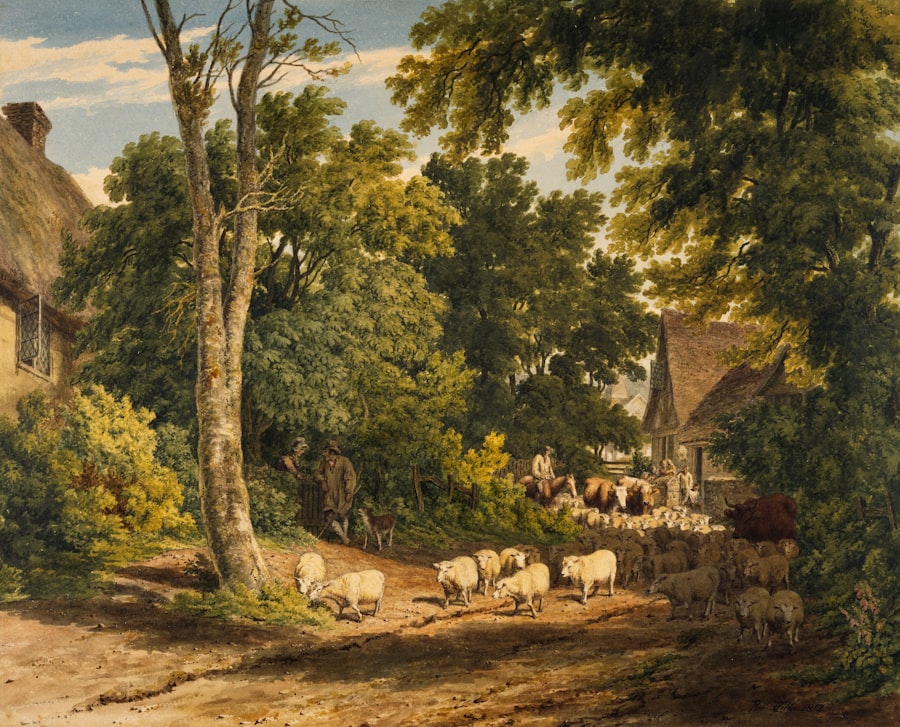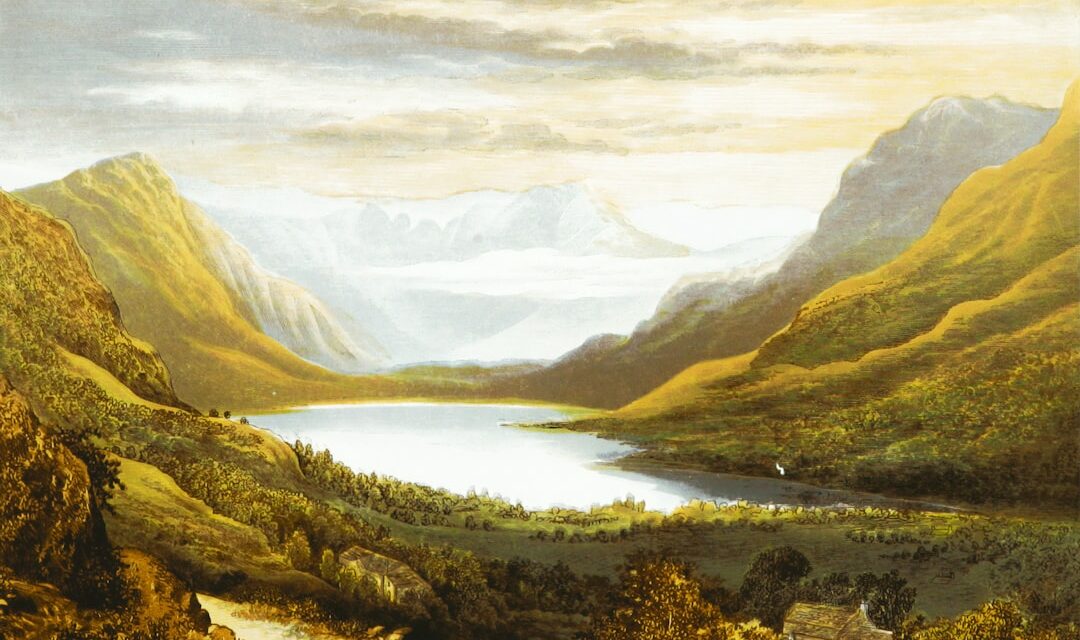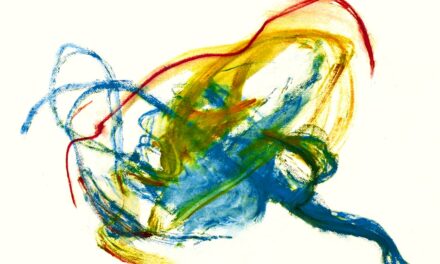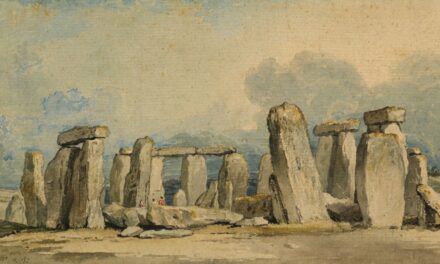Photorealism is a genre of art that aims to create paintings, drawings or other artworks so realistic they could be mistaken for photographs. The objective of photorealism is to depict the subject matter with such precision and accuracy that it appears to be a faithful representation of reality. This style of art often focuses on ordinary, everyday objects and scenes, such as cars, buildings and landscapes, and seeks to capture the details and textures of these subjects with meticulous attention to detail.
Photorealism emerged in the late 1960s and early 1970s as a reaction against the abstract and conceptual art movements that dominated the art world at that time. Artists working in this style often utilise photographs as source material, which they then painstakingly recreate on canvas or paper, using techniques such as grid systems and airbrushing to achieve the desired level of realism. Photorealism is not simply about creating a technically accurate representation of a subject; it also seeks to evoke an emotional response from the viewer.
By presenting familiar objects and scenes in a hyper-realistic manner, photorealist artists invite the viewer to reconsider their perceptions of the world around them and to appreciate the beauty and complexity of everyday life. This genre of art challenges the viewer to look beyond the surface of things and to consider the deeper meanings and associations that can be found in even the most ordinary of subjects. In this way, photorealism can be seen as a form of heightened realism, one that encourages us to see the world with fresh eyes and to find wonder in the seemingly mundane.
Summary
- Photorealism is an art movement that aims to create paintings, drawings, and other artworks that closely resemble photographs in their level of detail and realism.
- Photorealism emerged in the late 1960s and early 1970s as a reaction against abstract expressionism, and it continues to be a popular style among artists today.
- Photorealism artists use a variety of techniques and tools, such as grids, projectors, and airbrushes, to achieve the level of detail and precision required for their artworks.
- Some famous photorealism artists include Chuck Close, Richard Estes, and Audrey Flack, who have made significant contributions to the movement and gained international recognition for their work.
- The impact of photorealism on the art world has been significant, as it challenges the traditional boundaries between photography and painting and continues to inspire new generations of artists to push the boundaries of realism in their work.
The History of Photorealism
The Emergence of Photorealism
However, it was not until the late 1960s and early 1970s that photorealism emerged as a distinct movement within the art world. Artists such as Richard Estes, Chuck Close, and Ralph Goings were among the pioneers of this style, and their work quickly gained attention for its technical skill and its ability to challenge traditional notions of what art could be.
The Height of Popularity
Photorealism reached the height of its popularity in the 1970s, when it became associated with the broader cultural movement known as “postmodernism.” During this time, photorealist artists were celebrated for their ability to create images that were indistinguishable from photographs, blurring the boundaries between reality and representation.
A Lasting Legacy
However, as the art world moved towards more conceptual and abstract forms of expression in the 1980s and 1990s, photorealism fell out of favour with critics and collectors. Despite this, the genre continued to attract a dedicated following of artists who were drawn to its technical challenges and its ability to capture the world with uncompromising precision.
Techniques and Tools Used in Photorealism

Photorealism requires a high level of technical skill and attention to detail, and artists working in this style often employ a range of techniques and tools to achieve their desired effects. One common approach is to use a grid system, in which the artist divides their source image into a series of smaller squares or rectangles, which are then replicated on a larger scale on the canvas or paper. This method allows for precise replication of the original image, ensuring that every detail is faithfully reproduced.
Another key tool in the photorealist’s arsenal is the airbrush, which allows for smooth, even application of paint and can be used to create subtle gradations of tone and texture. Many photorealist artists also use photographs as source material for their work, either taking their own reference photos or using found images as a starting point. This allows them to capture even the most fleeting moments and details with precision, ensuring that their final artwork is as true to life as possible.
In addition to these technical tools, photorealism also requires a keen eye for observation and an understanding of light, shadow, and perspective. Artists working in this style must be able to capture the nuances of their subjects with precision, paying close attention to details such as reflections, textures, and subtle variations in colour. This level of technical skill and attention to detail sets photorealism apart from other forms of realism, making it a challenging but rewarding genre for artists to explore.
Famous Photorealism Artists
Several artists have made significant contributions to the development and popularisation of photorealism as an art movement. One such artist is Richard Estes, whose hyper-realistic paintings of urban landscapes and city scenes have earned him widespread acclaim. Estes’ work often features reflections in glass windows and shiny surfaces, capturing the hustle and bustle of city life with remarkable precision.
Another influential figure in the world of photorealism is Chuck Close, known for his larger-than-life portraits that are composed of intricate grids of abstract shapes. Close’s work challenges traditional notions of portraiture and invites viewers to reconsider their perceptions of identity and representation. Ralph Goings is another prominent figure in the world of photorealism, known for his detailed paintings of American diners and fast food restaurants.
Goings’ work captures the nostalgia and familiarity of these everyday scenes with remarkable accuracy, inviting viewers to consider the cultural significance of these seemingly mundane subjects. Other notable photorealist artists include Audrey Flack, who is known for her still life paintings that explore themes of mortality and transience, and Denis Peterson, whose hyper-realistic urban landscapes challenge viewers to consider the social and political implications of urban life. These artists have played a crucial role in shaping the development of photorealism as a genre, pushing the boundaries of what is possible within this style and inspiring future generations of artists to explore its potential.
The Impact of Photorealism on the Art World
Photorealism has had a significant impact on the art world since its emergence in the late 1960s. At a time when abstract and conceptual art movements were dominating the cultural landscape, photorealism offered a radical alternative that celebrated technical skill and precision. This genre challenged traditional notions of what art could be, blurring the boundaries between reality and representation and inviting viewers to reconsider their perceptions of the world around them.
Photorealism also had a profound influence on popular culture, inspiring a renewed interest in realism and representation across various artistic disciplines. The hyper-realistic aesthetic of photorealism found its way into advertising, photography, and film, shaping the visual language of these mediums and influencing how we perceive images in our everyday lives. In this way, photorealism has left an indelible mark on contemporary visual culture, shaping our understanding of what constitutes “realistic” representation in art.
Furthermore, photorealism has also had a lasting impact on art education and practice, inspiring generations of artists to explore new techniques and approaches to representation. The genre’s emphasis on technical skill and attention to detail has encouraged artists to push the boundaries of what is possible within realism, leading to new innovations in materials, tools, and methods of artistic expression. As a result, photorealism continues to be a source of inspiration for artists working across various genres and styles, demonstrating its enduring influence on the broader artistic landscape.
Contemporary Photorealism

The Evolution of Photorealism
Whilst photorealism reached its peak popularity in the 1970s, it remains a vibrant and dynamic genre within contemporary art. Today, artists working in this style are exploring new approaches to representation and pushing the boundaries of what is possible within hyper-realistic painting and drawing. Contemporary photorealists are utilising digital tools and technologies to create highly detailed artworks that challenge our perceptions of reality and representation.
Contemporary Photorealist Artists
One such artist is Jason de Graaf, whose meticulously detailed paintings capture everyday objects with astonishing precision. De Graaf’s work often features reflections and distortions that play with our sense of perception, inviting viewers to reconsider their understanding of space and form. Another contemporary photorealist is Alyssa Monks, known for her intimate portraits that capture moments of vulnerability and introspection with remarkable clarity. Monks’ work challenges traditional notions of portraiture by exploring themes of identity and emotion through hyper-realistic representation.
Promoting Photorealism
In addition to these individual artists, there are also several contemporary collectives and groups dedicated to promoting photorealism as a vibrant and relevant genre within contemporary art. These organisations provide platforms for artists working in this style to showcase their work, connect with other practitioners, and engage with audiences who are interested in exploring hyper-realistic representation.
The Future of Photorealism
As a result, contemporary photorealism continues to evolve and thrive as a dynamic and diverse genre within the broader artistic landscape.
How to Appreciate and Understand Photorealism
To fully appreciate photorealism as an art form, it is important to consider the technical skill and attention to detail that goes into creating hyper-realistic artworks. By understanding the techniques and tools used by photorealist artists, such as grid systems, airbrushing, and careful observation of light and shadow, viewers can gain a deeper appreciation for the level of precision required to achieve such lifelike representations. It is also important to consider the emotional impact of photorealism on the viewer.
By presenting familiar objects and scenes with such precision and clarity, photorealist artists invite us to reconsider our perceptions of reality and find beauty in even the most ordinary subjects. By engaging with these artworks on an emotional level, viewers can gain a deeper understanding of how hyper-realistic representation can challenge our perceptions and evoke powerful emotional responses. Furthermore, it is important to consider the historical context of photorealism within the broader art world.
By understanding how this genre emerged as a reaction against abstract and conceptual art movements in the 1960s, viewers can gain insight into how photorealism has shaped our understanding of representation and realism within contemporary art. By considering these historical influences, viewers can gain a deeper appreciation for how photorealism has left an indelible mark on visual culture. In conclusion, photorealism is a genre that continues to captivate audiences with its technical skill, emotional impact, and historical significance within the art world.
By exploring its history, techniques, famous artists, impact on popular culture, contemporary developments, and ways to appreciate it as an art form, viewers can gain a deeper understanding of how photorealism has shaped our perceptions of reality and representation.
If you are interested in learning more about different art movements, you may want to check out an article on Impressionism. This artistic style, which emerged in the 19th century, is known for its emphasis on capturing the fleeting effects of light and atmosphere. Understanding Impressionism can provide valuable context for appreciating the development of Photorealism as an art movement.
FAQs
What is Photorealism?
Photorealism is a genre of art that aims to create paintings, drawings, and other artworks that closely resemble photographs in their level of detail and realism. Artists working in this style often use techniques such as precise brushwork and attention to detail to achieve a high level of accuracy in their work.
When did Photorealism emerge as an art movement?
Photorealism emerged as an art movement in the late 1960s and early 1970s, primarily in the United States. It was a response to the abstract and conceptual art movements of the time, with artists seeking to create highly realistic depictions of everyday scenes and objects.
What are the key characteristics of Photorealism?
Key characteristics of Photorealism include a focus on precise detail, accurate representation of light and shadow, and a high level of technical skill. Artists working in this style often use photographs as source material and may employ techniques such as grid systems or projectors to transfer images to their canvas or paper.
Who are some notable Photorealist artists?
Notable Photorealist artists include Richard Estes, Chuck Close, Audrey Flack, and Ralph Goings, among others. These artists have gained recognition for their highly detailed and realistic depictions of urban landscapes, portraits, and still life subjects.
How does Photorealism differ from traditional realism in art?
While traditional realism in art aims to depict subjects accurately and true to life, Photorealism takes this a step further by seeking to replicate the precise detail and visual characteristics of a photograph. Photorealistic artworks often appear almost indistinguishable from actual photographs, whereas traditional realist works may show more evidence of the artist’s hand and interpretation.




